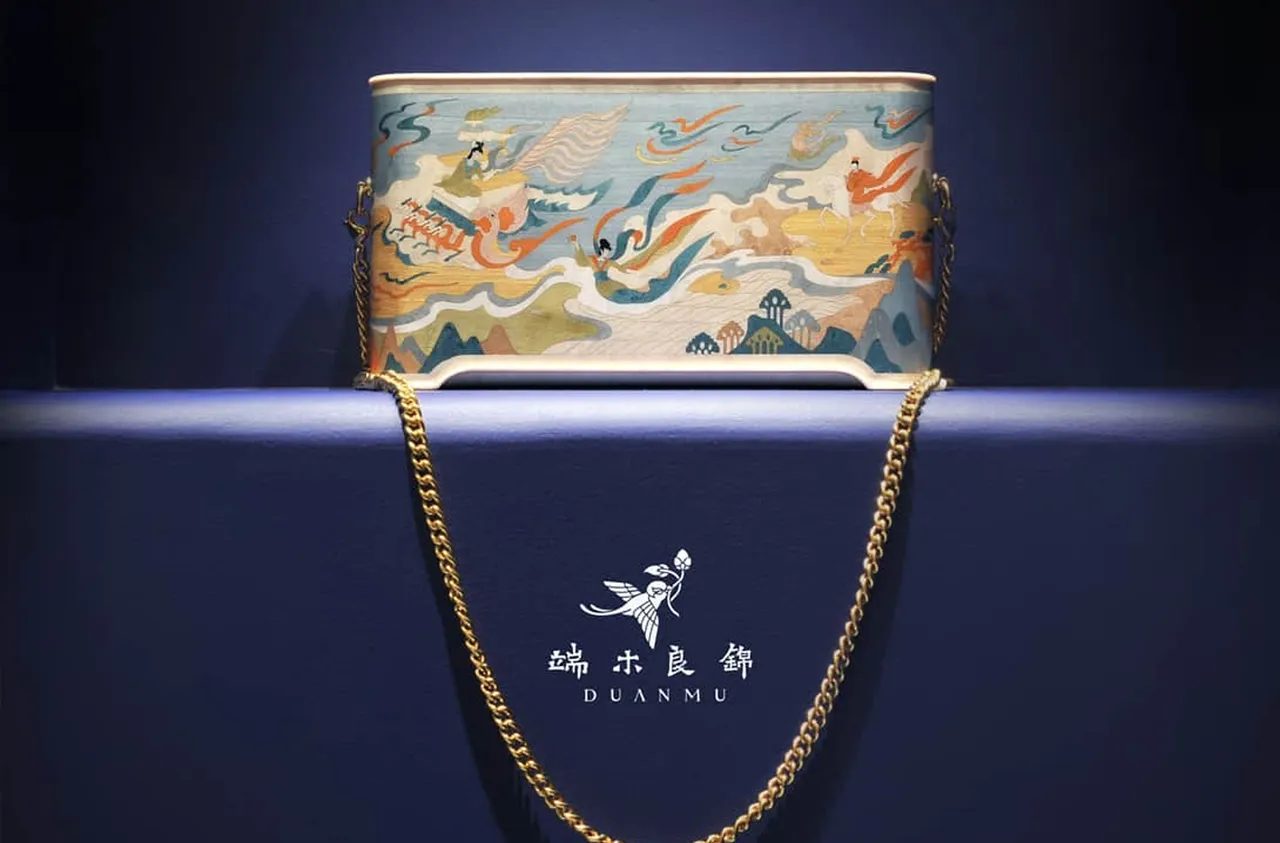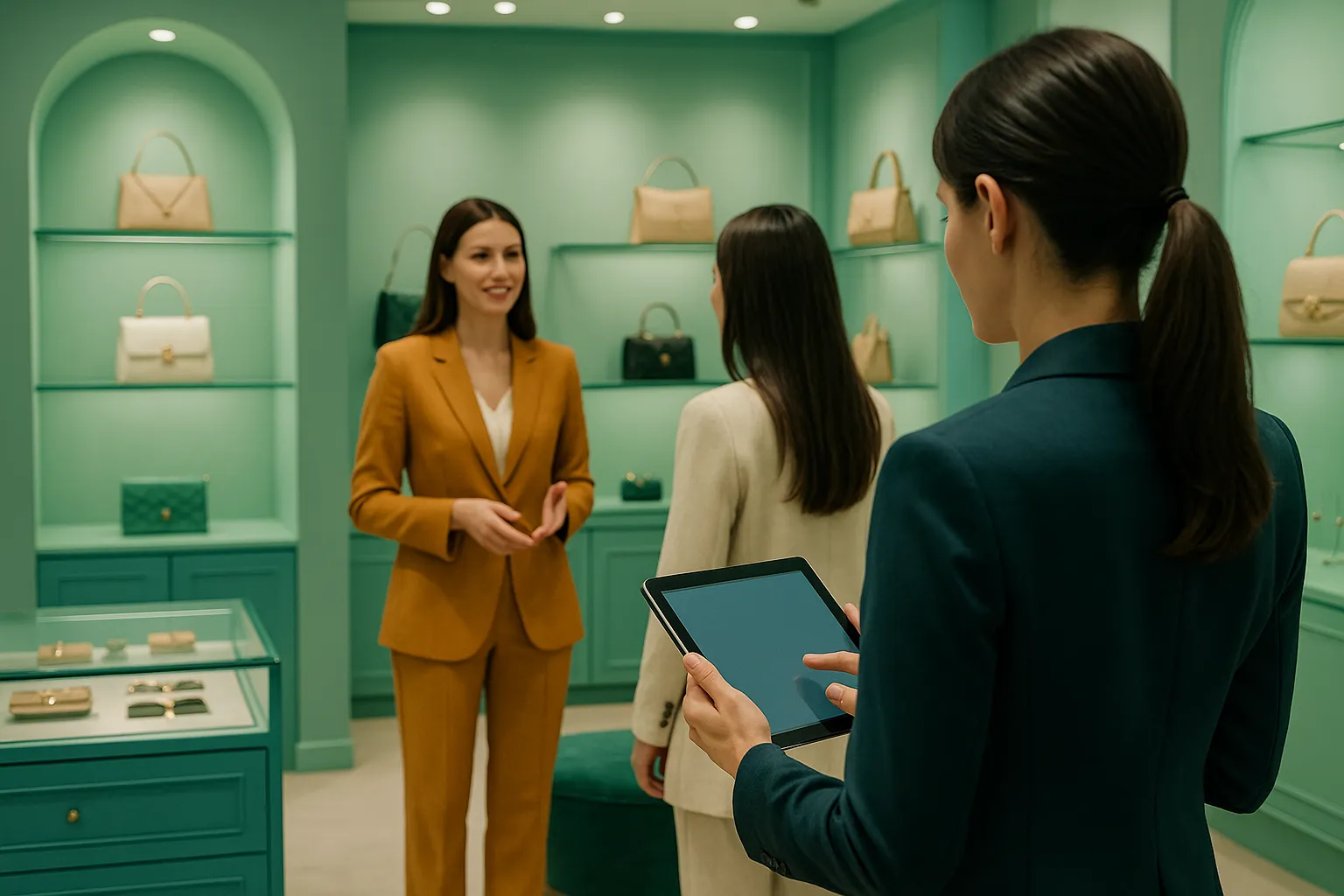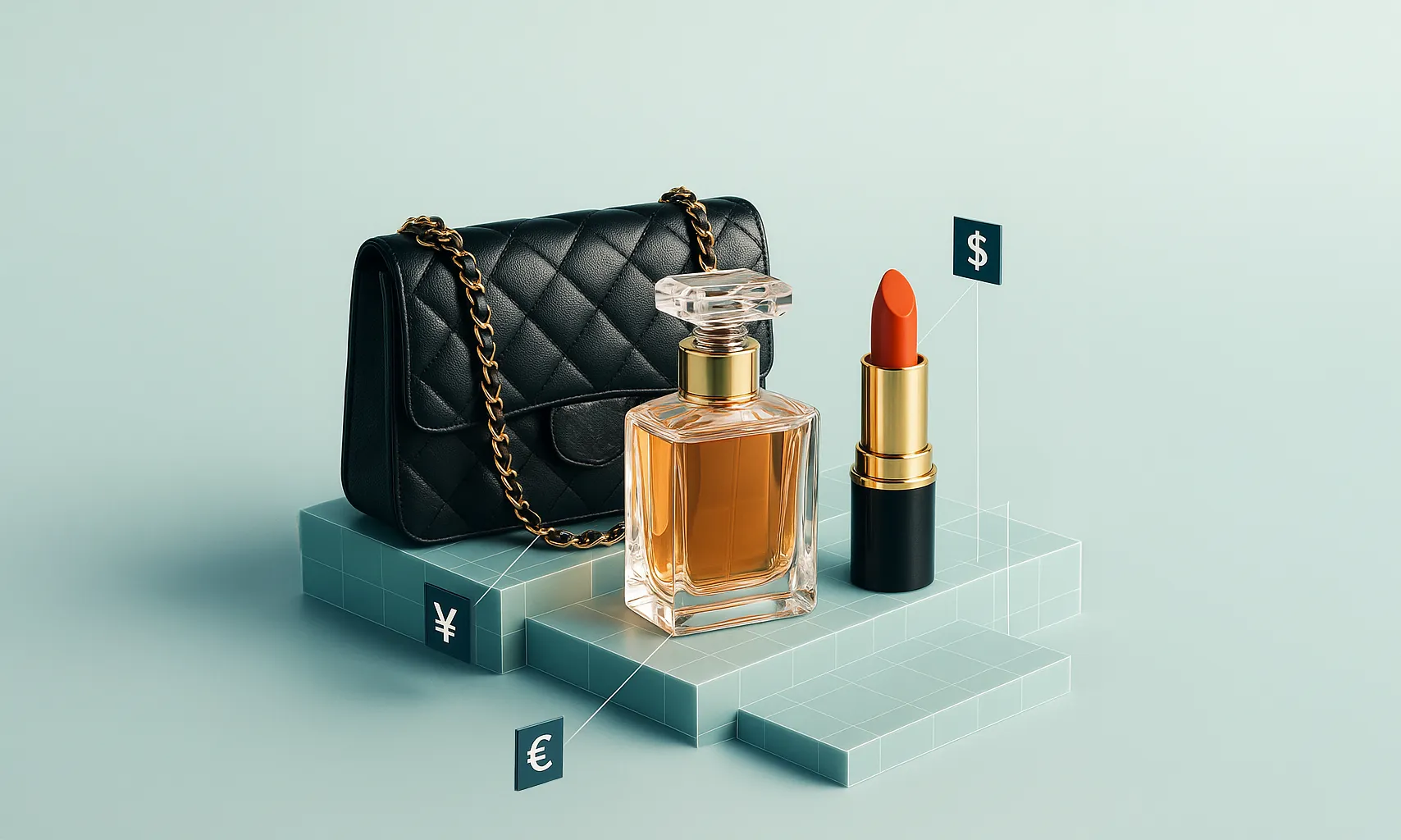Luxury Brands in China: A Rose by Another Name
What happens if someone mispronounces a designer label in its boutique? Chances are, brand custodians will frown upon it. And that’ll be understandable considering brands, particularly designer and luxury labels, spend huge sums of monies on brand building and marketing. Why, then, would the crème de la crème of luxury not just allow but literally encourage their brands to take on a different name? Why would a Dior be happy to be called di ao (迪奥)or Chanel be proud to be referred to as xiang nai er(香奈儿)?
Unlike other markets where brand identities transcend language and cultural differences, the Chinese market has a different set of norms. Brands need to consider several factors — including culture, values, traditions and history — when choosing their Chinese avatars. Multinational brands enjoy success in the Chinese market due in large part to their well-translated meaning, which is meant to evoke memories, stoke emotions or have a symbolic representation.
And while the Chinese consumer has been ‘renaming’ them ever since these brands started entering the market, choosing a brand is much more than a simple translation exercise. Coca-Cola, for instance, was quick to realise that its phonetic translation (ko-kä-kö-la) meant ‘bite a wax tadpole’ and switched to kĕ-kŏu-kĕ-lè (可口可乐), which roughly translates as ‘happiness in the mouth’. Burberry spent a neat sum in changing its Chinese name from ‘bā bǎo lì (巴宝莉)’ to ‘bó bǎi lì(博柏利). The former was feminine whilst the new name is more masculine than feminine and includes a character for ‘lucky’.
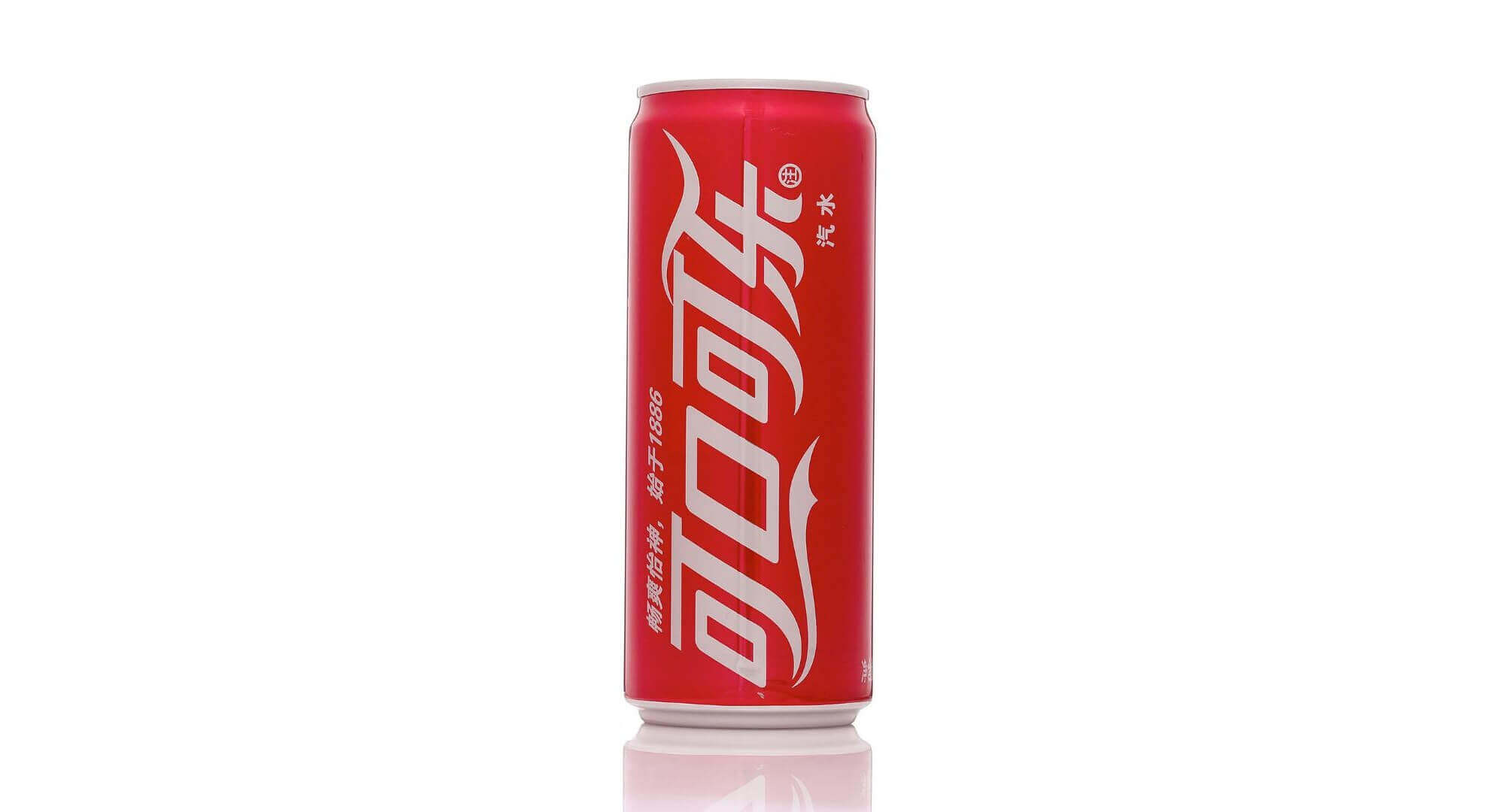
The difference in pronunciation or letters may be subtle, but brands do not mind spending millions to get it right. Luxury labels, especially, are now increasingly keeping the millennial consumer in mind not only while selecting the Chinese names of their portfolio and sub-brands, but also their marketing and communications strategy.
And that’s the power of China, which has the world of luxury eating out of the millennial shopper’s hand. China’s Unstoppable 2020 Luxury Market, a Bain & Co report, says China is firmly on a path to become the biggest luxury market by 2025 — bigger than the whole of Europe and even the US. In 2020, a year marred by the pandemic which saw the global luxury market shrink by almost a quarter (23 per cent), Mainland China’s share of the world luxury goods market nearly doubled, from 11 to 20 per cent.
The pandemic has fundamentally impacted the way we live, work and play. Even as the world is a very different place today when compared with just 12 months ago and businesses like tourism and construction have suffered, there have been some sectoral winners. It has accelerated digital adoption across industries while boosting the fortunes of sectors like pharma and gaming. An unlikely winner of the spread of the virus has been the luxury retail sector in China.
Consider this: In 2020, the Europe luxury market suffered the biggest hit, dropping 36 per cent, with sales in the Americas down 27 per cent. But sales of luxury items in China leapt by a world-beating 48 per cent. Most experts do not expect the global luxury market to return to normal (2019 levels) before 2022 or even 2023. That makes the China growth story even more alluring.
Not that luxury fashion brands were ignoring the taste and style preference of the younger Chinese customers in the past. Louis Vuitton, for one, had been deliberately marrying its French elegance and creativity with the Chinese connoisseur’s love for discretion and premium positioning even before it opened its first boutique in China way back in 1992. Even a decade ago, luxury brands including Chanel and Gucci were actively aligning their new lines with the taste of the Chinese shopper, who was responsible for 25 per cent of luxury purchases globally. What’s changed now is that from being one of the focus areas, China has emerged as the El Dorado for the luxury-fashion industry.
Even when international borders reopen, travel is unlikely to return to pre-pandemic levels in a hurry. Which means that the affluent Chinese shopper will continue to shop locally, boosting the fortunes of not just the foreign brands but also of locally born fashion labels.
To be fair, though, the luxury revolution sweeping the Chinese consumer off her feet began much earlier than the pandemic. In 2012, the Chinese shopper overtook her Japanese counterpart to become the world’s top spender on luxury goods. That was nine years ago. Today, powered by the growing income levels of millennials and Gen Z shoppers, who make their first luxury purchase by the age of 20, the Chinese luxury spend is showing no signs of slowing down.
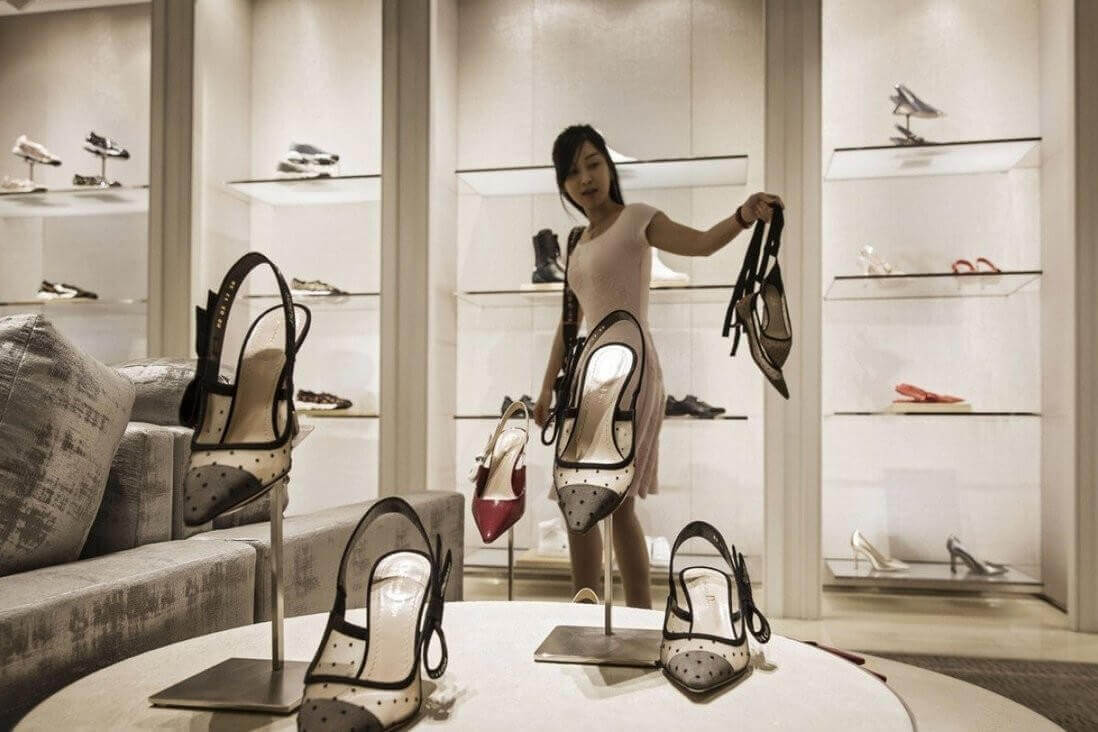
Photo courtesy of: Bloomberg
There are a number of other key factors driving this growth. The rise of Key Opinion Leaders (or influencers) is one of them. Brands like Louis Vuitton, Prada, Estée Lauder, Dior, Max Mara and many more have mastered the art of reaching out to the world’s fastest-growing luxury consumers through KOLs. Socio-cultural factors too play a big role. It is common to see young Chinese consumers shopping for Mianzi (or face), to show-off their newfound status and/or wealth, or just to fit in certain social groups by showing the similar purchasing habits and taste. Growing discretionary income and lower import duties too are responsible for boosting luxury spend.
And then there is Hainan.
Hainan is a duty-free paradise island that has seen massive interest in recent years from the affluent Chinese shopper. Overseas travel restrictions were a boon for the duty-free shopping destination, which set a sales record in 2020 and the growth continues in 2021. The Hainan offshore duty free sales reached a record monthly level of $736 million (RMB4.79b) in February, up from $568.5m (RMB3.70b) in January.
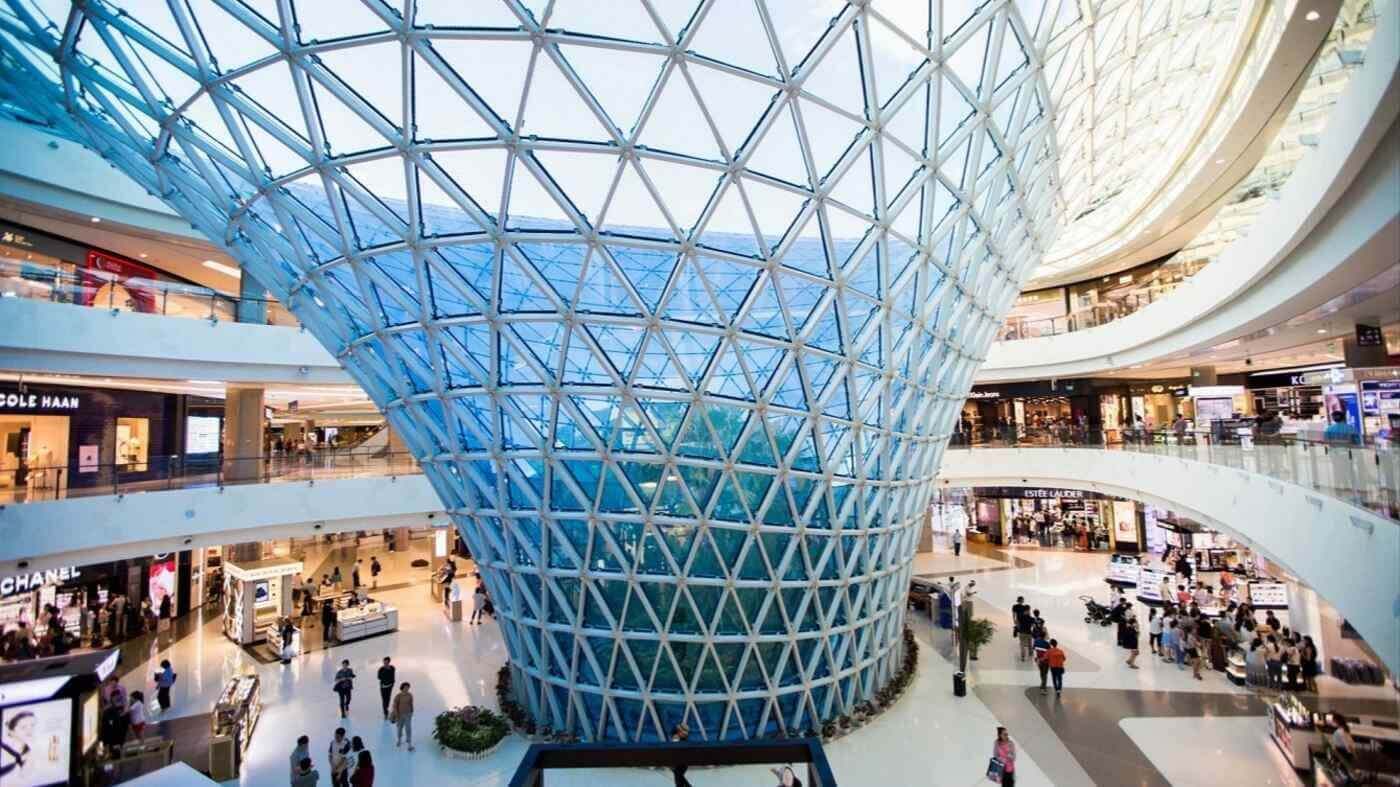
Photo courtesy of: The Hainan Province government’s Tokyo office
Together, sales for the first two months of 2021 were bigger than the first-half results of both pre-Covid 2019 (RMB6.77b) and 2020 (RMB7.49b). To fully realise the potential of Hainan, the Chinese government refined its duty-free shopping policy in July last year. The annual shopping quota for Chinese visitors to Hainan has been raised to RMB100,000, up from RMB16,000 in 2018. In addition, smartphones and spirits have been added to the list of eligible products besides other changes that continue to boost spend on the island.
Experts expect the island to be remain popular with the Chinese shopper even after travel restrictions ease. Given Beijing’s plans to convert Hainan into an international tourism and shopping centre, the island will welcome people from all across the world.
In conclusion, the Chinese shopper will remain the biggest driver of growth in the global luxury market for years to come, and brands will do well to cater to her whims. So if she wants to call Ralph Lauren Sānjiǎo mǎ (三脚马) and Louis Vuitton Lùyì Wēidēng(路易威登), well,why would the brand custodians have a problem with that?
